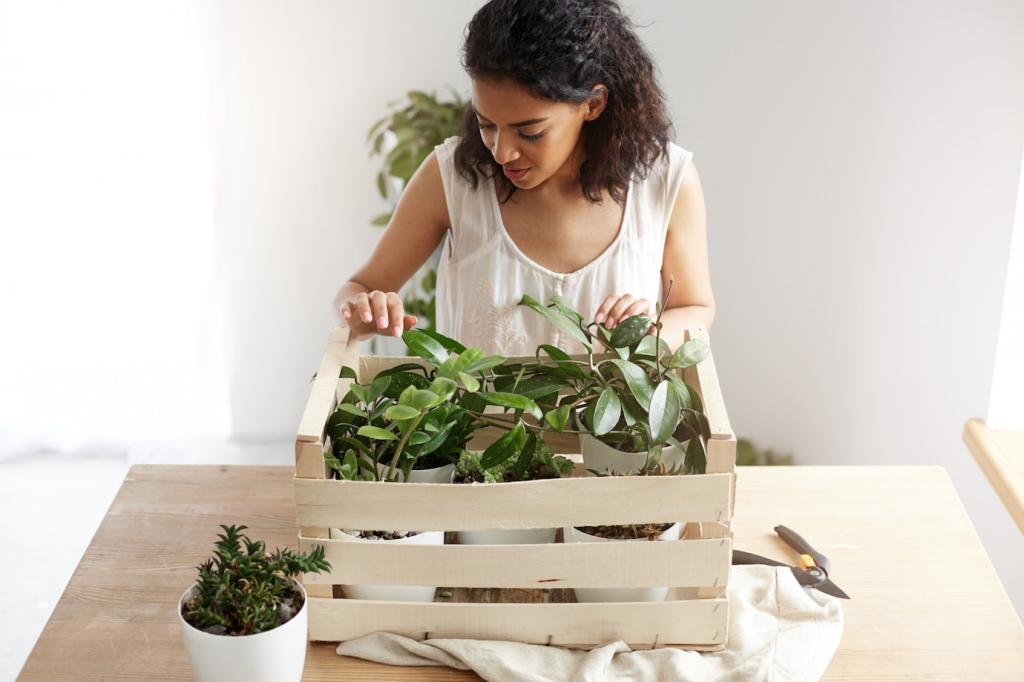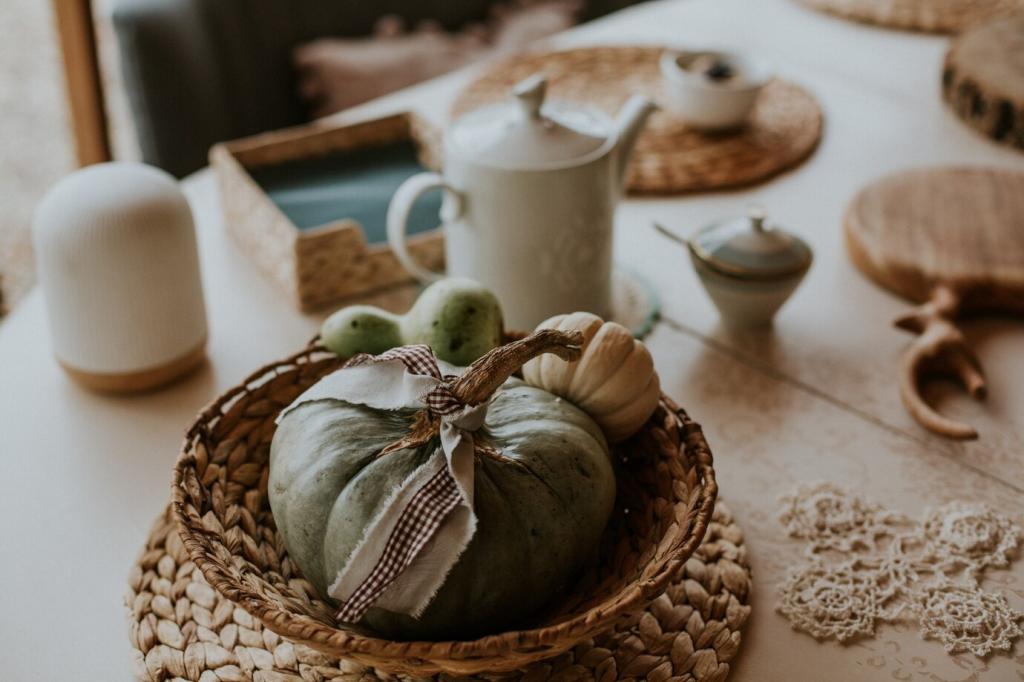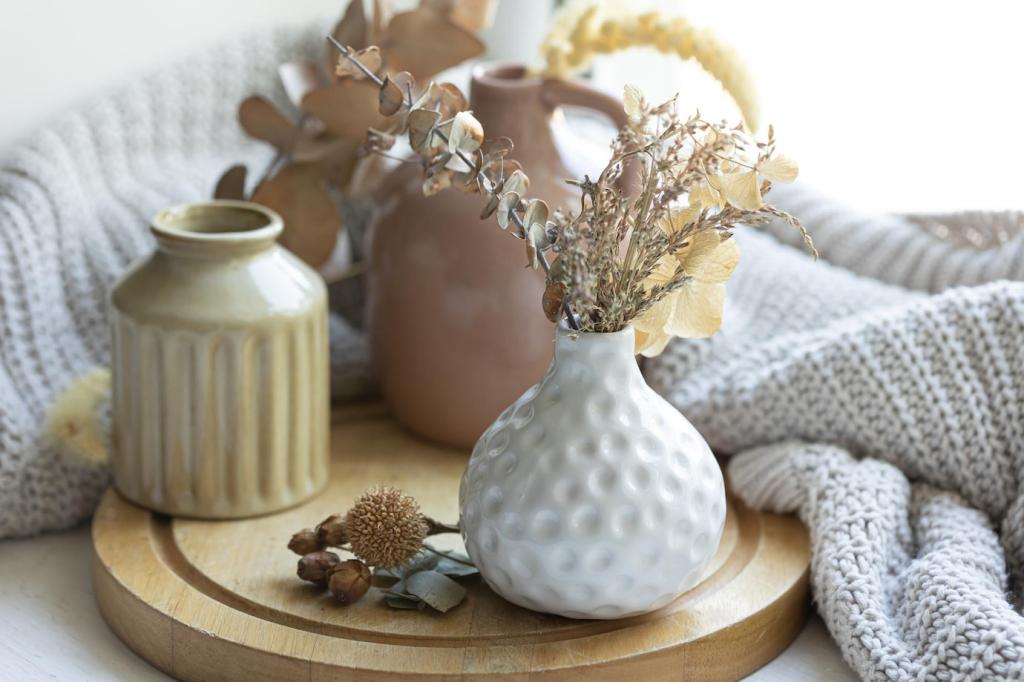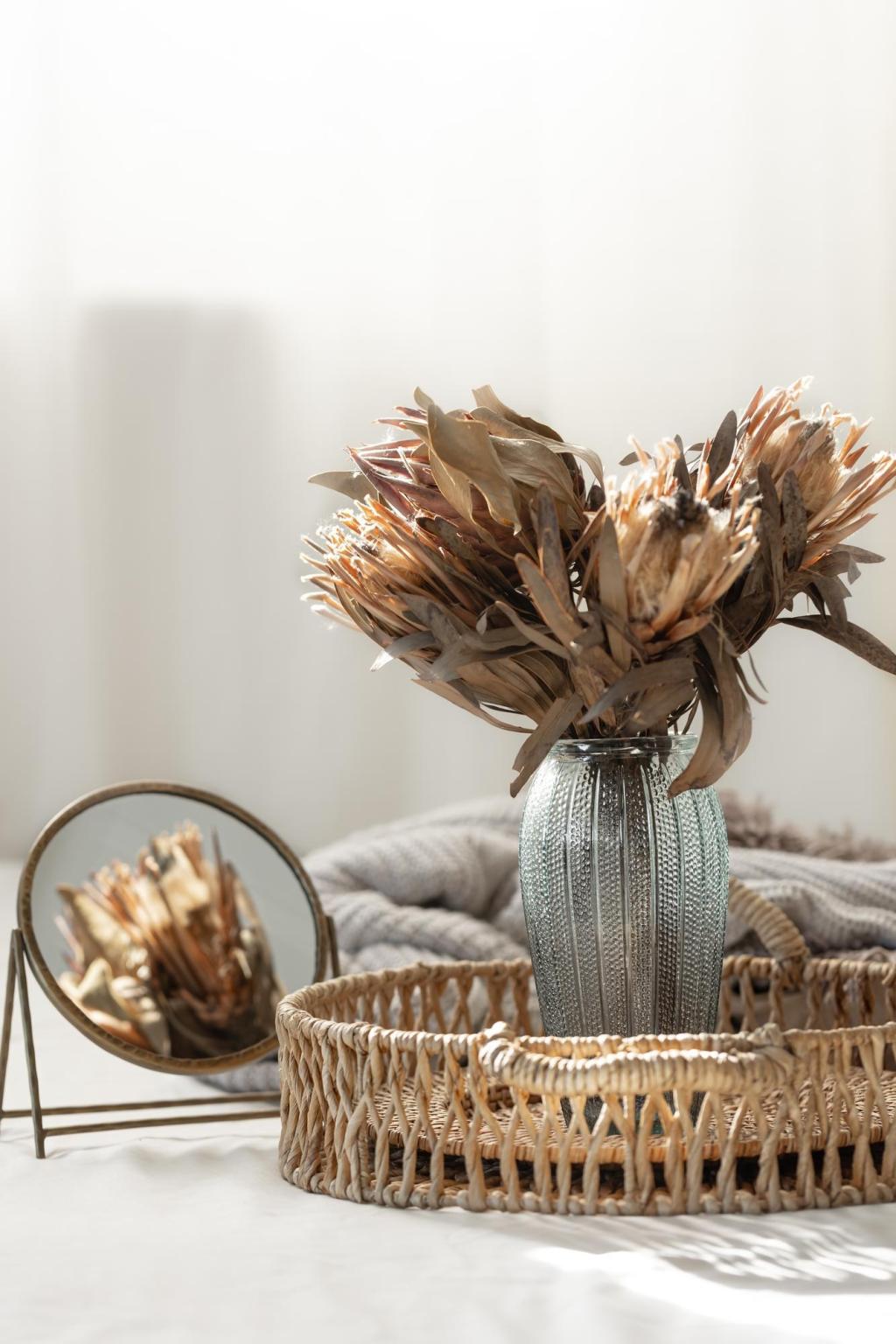Healthy Interiors and VOC Awareness
Look for verifiable low-VOC or zero-VOC claims, plus transparent ingredient lists and credible certifications. Technical data sheets can reveal binders, solvents, and additives. Snap a photo of your current can’s label and compare—then tell us what certification most reassures you.
Healthy Interiors and VOC Awareness
One reader swapped a synthetic enamel for casein paint and noticed calmer breathing and softer room scent within days. Gentle finishes help sensitive sleepers and curious pets. Do you have a household allergy story? Share your experience and help another reader choose wisely.










